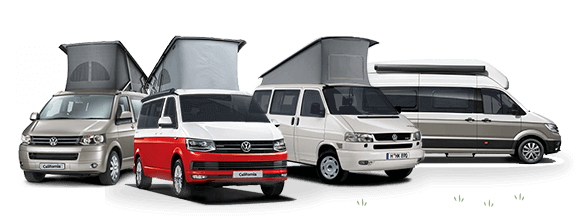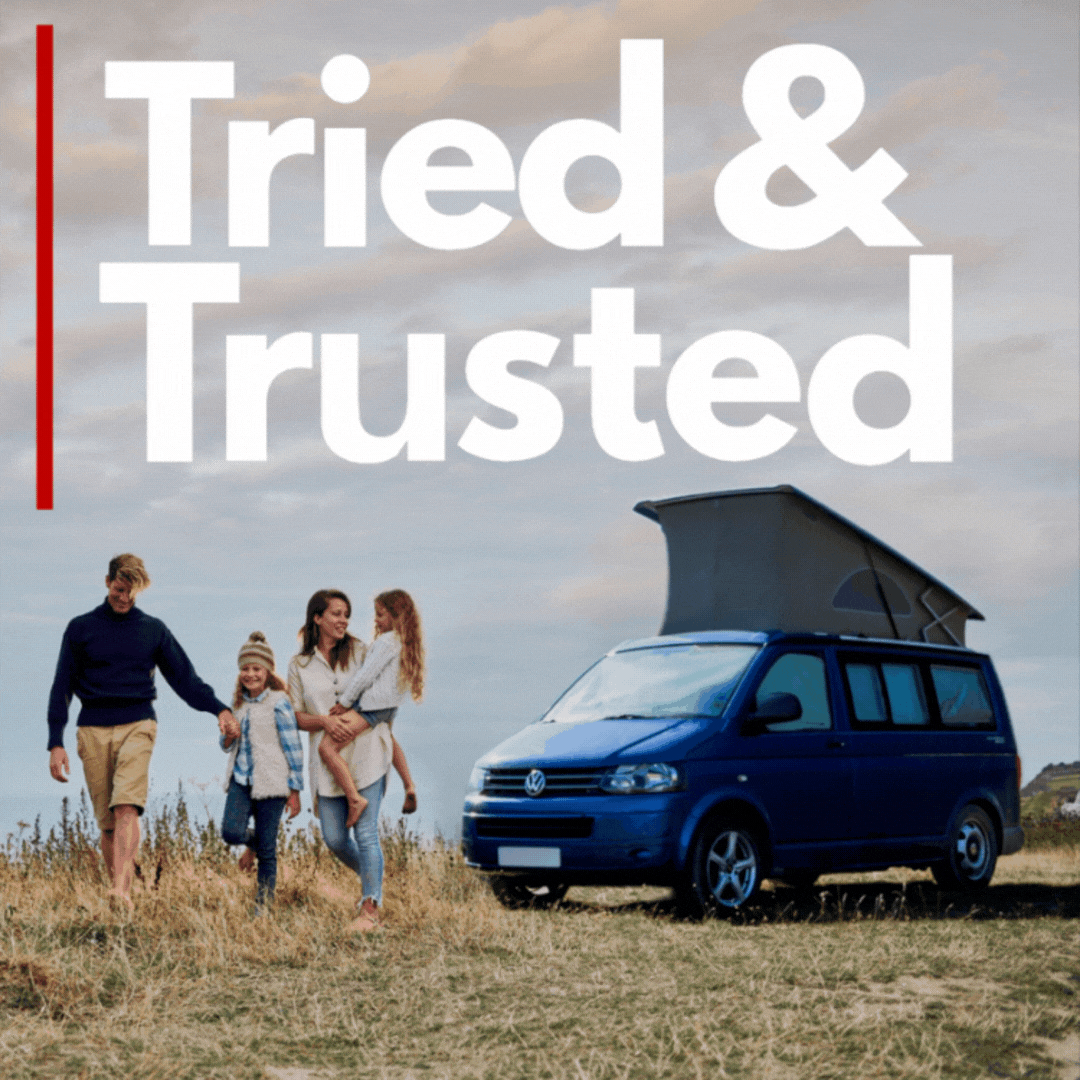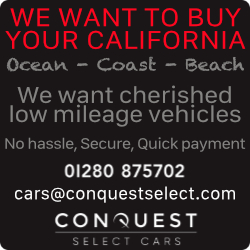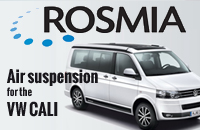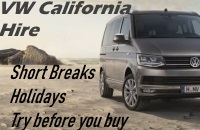CYCLOPATH
i am still learning about my gearbox.
When going down hill, it goes into coast
Which I really like, quiet and smooth
But when I brake , it drops into a lower gear, revs more and works as an engine brake.
On a steep 1 in 4, like Porlock hill , I understand,
But , for example , coming off Exmoor , a fast 1 in 6.... I managed 50 mph on my bike in the summer, .
As soon as I braked, it dropped to third. I didn't even need to use the brake
This seems wasteful, and noisy
So I have been dropping it into neutral , and coasting, and braking gently
My question
Am I doing wrong
I have a 180 with the massive discs at the front.
A previous post mentioned choosing between wrecking the engine , or Wearing out the discs.
My choice would be disk, unless there is something I don't know
When going down hill, it goes into coast
Which I really like, quiet and smooth
But when I brake , it drops into a lower gear, revs more and works as an engine brake.
On a steep 1 in 4, like Porlock hill , I understand,
But , for example , coming off Exmoor , a fast 1 in 6.... I managed 50 mph on my bike in the summer, .
As soon as I braked, it dropped to third. I didn't even need to use the brake
This seems wasteful, and noisy
So I have been dropping it into neutral , and coasting, and braking gently
My question
Am I doing wrong
I have a 180 with the massive discs at the front.
A previous post mentioned choosing between wrecking the engine , or Wearing out the discs.
My choice would be disk, unless there is something I don't know

